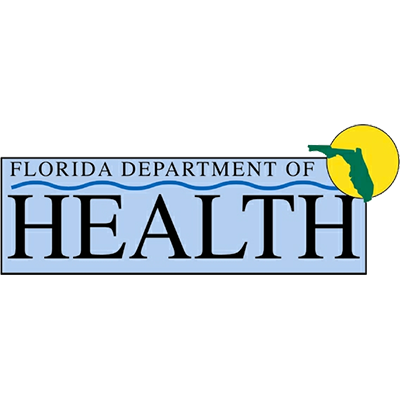Links to other resources: Detox in Florida, Residential Treatment, Medication Assisted Treatment
A new study is seeking answers on the difficult question of how to treat PTSD when patients present with both PTSD (Post-Traumatic Stress Disorder) and Substance Use Disorder, or an addiction to a drug. We know that trauma plays a role in addiction, but experts would like to better understand whether patients should be treated for their PTSD during their treatment for Substance Use Disorder or possibly sometime after, and that issue is not well understood. Any solid information on “timings and treatment” and success rates would be appreciated at places like our facility in Panama City. Florida Springs Wellness and Recovery Center is the best drug rehab and alcohol rehabilitation center in Florida, and our expert clinicians are always looking for cutting edge data that could help better treat patients for things like alcohol and drug addiction. The experts who undertook this new study stated that PTSD and Substance Use Disorder have “high comorbidity”, which means people are often suffering from both illnesses at the same time. To best treat patients that present with both PTSD and Substance Use Disorder studies like this one will be necessary and highly valuable into the future.
Treatments for PTSD
This is undoubtedly one of the most complicated research study topics I have seen undertaken, so I will let the authors tell you what they did, and then explain some of the PTSD treatments they are talking about grouping together with a 3-month addiction treatment regimen.
“Effects of PE, EMDR, ImRs, and a 3-month SUD treatment only condition will be compared, as well as simultaneous SUD/PTSD treatment to sequential SUD/PTSD treatment. The primary outcome measure is PTSD symptoms. Secondary outcomes are: treatment completion, psychological distress, substance use, interpersonal problems, emotion dysregulation, and trauma-related emotions guilt, shame, and anger.”
PE stands for Prolonged Exposure, which is a form of exposure therapy meant to help patients process trauma in a controlled and safe environment. EMDR is Eye-Movement Desensitization and Reprocessing which asks patients to recall the painful memory while also seeking to process the trauma in a healthier manner, but it uses a technique where the therapist directs the patient in bilateral eye movement therapies. ImRs stands for Imagery Rescripting, which I was not familiar with before reading this study, but it can be read about by searching for the term “ImRs” and including “PTSD” in the search. All these techniques were performed alongside a 3-month Substance Use Disorder treatment model. That part of the study would be similar to the residential treatment we offer at Florida Springs, the best drug and alcohol rehab in Florida. They included a group that only received treatment for addiction, in order to best mimic the idea of treating the addiction first and then treating the patient for PTSD after that. This was the first study of its kind. It is impressive, and very difficult to even explain correctly. As I stated earlier, trauma is so common in patients with Substance Use Disorder that results from a study like this one could prove invaluable in the future of addiction treatment in the United States and certainly in the treatment of addiction in Florida. Let’s move on to the results and the discussion of the study itself by the authors.
Study Results and Discussion
According to the Dutch researchers who studied this common comorbidity of PTSD and addiction, there is reluctance on the part of practitioners to undertake multiple treatments at the same time. With that said, the study found that effects were small, but Prolonged Exposure (PE) Therapy did show signs of helping some patients during their simultaneous treatment for addiction. The limitation of a study like this one is high dropout rate, which is a limitation in virtually all known forms of addiction treatment by itself as far as I am aware. To quote the authors again, “Patients with both PTSD and SUD have a high burden of disease.” Patients with both PTSD and addiction, or substance use disorder are facing serious health issues and much more work is needed on this important topic. The authors do, however, believe that,
“Treatment guidelines for co-occurring PTSD and SUD can be improved based on the findings of this study, which may improve treatment outcomes of patients with this common comorbidity.”
We are always trying to improve treatment outcomes for patients in our drug and alcohol rehab in Panama City, Florida. Although the disease burden is incredibly high for patients with both PTSD and a substance abuse problem, we must continue to improve our treatments for these serious mental health illnesses. I applaud the researchers for their attention to detail in writing the study and focus on this growing problem. The United States CDC reported more deaths from substance abuse than ever before in 2020, so studies like this are likely our best way forward in seeking a better life for individuals with diseases like PTSD and SUD.
By T.A. Cannon (Contact me at TACannonWriting@gmail.com)
Resources
“Treating posttraumatic stress disorder in substance use disorder patients with co-occurring posttraumatic stress disorder: study protocol for a randomized controlled trial to compare the effectiveness of different types and timings of treatment.” Published in BMC Psychiatry. September 7, 2021.




